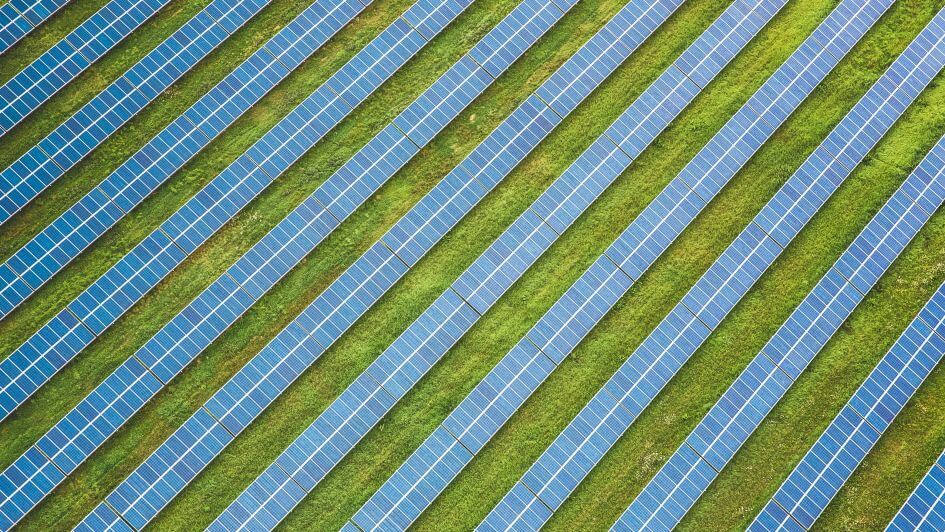As 2024 unfolds, the renewable energy sector reaches a pivotal moment, especially in the context of the United Nations Sustainable Development Goals (SDGs). With the mid-point of the SDGs passed, there’s an urgent call for a surge in renewable energy to combat energy poverty and meet SDG 7’s target of universal access to sustainable and modern energy.
Mini-grids: In Africa, the mini-grid sector, bolstered by initiatives like Husk Power Systems’ $100 million equity and long-term capital raise, demonstrates resilience. Yet, Africa’s small share of global solar investments points to a need for increased investment and innovation.
Technology Progress: Key technological drivers for 2024 include electricity storage and nuclear fusion. Electricity storage is crucial for integrating renewable energy sources, while significant strides in nuclear fusion are seen in projects like the UK’s Energy Act 2023 and the U.S.’s global plan. However, the ongoing dominance of fossil fuels in global energy investment and demand poses a significant challenge.
Philanthropy: The year 2023 witnessed a surge in global philanthropy towards climate and clean energy, aligning with the broader SDGs. This shift was evident at major events like COP28, which emphasized energy’s role in the global agri-food system.
Gender Equality: The distributed renewable energy (DRE) sector is contributing to SDG 7 and promoting gender equality (SDG 5), with notable female workforce participation in countries like Kenya, Ethiopia, and Nigeria. Power for All’s partnership with The International Renewable Energy Agency (IRENA) aims to further explore gender dynamics in this sector.
Renewables in Ag: At COP28, 130 nations recognized agriculture’s role in climate change, committing to sustainable practices and tripling renewable energy by 2030. The focus is on decarbonizing food systems, aiding smallholder farmers, and integrating Distributed Renewable Energy solutions, especially in the Global South.
Collaboration: Effective energy transition requires diverse collaborations. Regional partnerships are growing, but global cooperation struggles due to geopolitical issues, protectionist policies, and unequal standards, impacting renewable energy progress and fair climate finance.
Transport: Electric vehicles (EVs) are advancing in sustainable transportation in sub-Saharan Africa, with projects in Senegal and Kenya showcasing the effectiveness of public-private partnerships.
Loss and Damage Progress: The Loss and Damage Fund, vital for supporting vulnerable nations, struggles with implementation and funding. Integrating renewable energy into this Fund is essential for effective climate adaptation, especially in agriculture and community development.
Carbon Markets: Access to global carbon markets is particularly challenging for regions like sub-Saharan Africa. Initiatives like the Africa Carbon Market Initiative are key to improving the carbon credit system and fostering economic growth.
New Framework for Green Era: The growing demand for green minerals is reshaping global alliances and economic scenarios, necessitating a reevaluation of international relations frameworks.
In summary, the renewable energy sector in 2024 is at a crucial juncture, with expansion and growth through technological innovations, regional collaborations, and global challenges being key to achieving SDG 7. The sector’s impact is multifaceted, from shifts in philanthropy to integrating renewable energy in healthcare and climate strategies. However, it faces hurdles in global collaboration, carbon market access, geopolitical shifts, and the continued dominance of fossil fuels. Addressing these challenges is essential for sustainable, equitable energy transitions and progress towards ending energy poverty under the SDGs.
